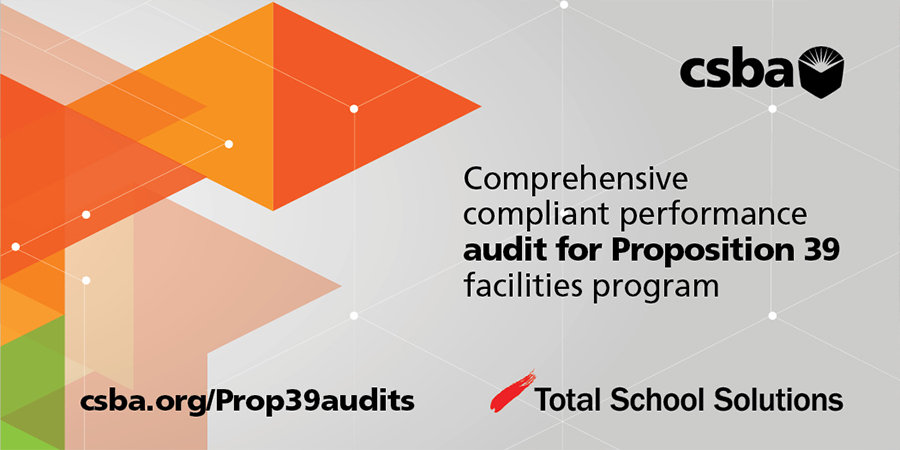Gov. Gavin Newsom signed Assembly Bill 86 into law on March 5, a $6.6 billion package designed to get large numbers of students back in the classroom this spring and support strategies and programs to accelerate student learning. The signing of the bill starts the countdown for a target reopening date of April 1 for districts that will receive a portion of the $2 billion set aside for school reopening. AB 86 provides a path to the reopening of schools statewide while retaining local discretion over the return of in-person instruction. Although the bill is not perfect, it addresses many of the concerns CSBA raised in conversations with the Administration and the Legislature and reflects the collective advocacy of CSBA and the state’s education management organizations.




Troy Flint | tflint@csba.org
Managing Editor:
Kimberly Sellery | ksellery@csba.org
Marketing Director:
Serina Pruitt | spruitt@csba.org
Staff Writers and Contributors:
Alisha Kirby | akirby@csba.org
Heather Kemp | hkemp@csba.org
Mike Ambrose | mambrose@csba.org
Graphic Design Manager:
Kerry Macklin | kmacklin@csba.org
Senior Graphic Designer:
Mauricio Miranda | mmiranda@csba.org
Suzanne Kitchens | Pleasant Valley SD
President-elect:
Susan Heredia | Natomas USD
Vice President:
Susan Markarian | Pacific Union ESD
Immediate Past President:
Xilonin Cruz-Gonzalez | Azusa USD
CEO & Executive Director:
Vernon M. Billy
California School News (ISSN 1091-1715) is published 11 times per year by the California School Boards Association, Inc., 3251 Beacon Blvd., West Sacramento, CA 95691. 916-371-4691. $4 of CSBA annual membership dues is for the subscription to California School News. The subscription rate for each CSBA nonmember is $35. Periodicals postage paid at West Sacramento, CA and at additional mailing office. POSTMASTER: Send address changes to California School News, 3251 Beacon Blvd., West Sacramento, CA 95691.
News and feature items submitted for publication are edited for style and space as necessary.

Given how difficult this year has been, it’s easy to forget the modern miracle of how quickly these vaccines were developed — and the work of brilliant scientists who created this ray of hope. There are many heroes whose contributions may never be recognized, but one name that stands out is Dr. Kizzmekia Corbett, research lead of the COVID-19 vaccine project at the National Institutes of Health. Corbett’s team collaborated with Moderna to produce one of the two vaccines that most Americans have received to this point. That is worth celebrating, but also a sobering reminder that there are too few Kizzmekia Corbetts.
One of the most fulfilling responsibilities of a board member is building and encouraging leadership in our students. We model leadership at our board meetings through the way we present ourselves and the way in which business is conducted. Respectful discourse is important to model for all stakeholders — especially for our students. Many county and district boards have student board members. When we examine their role, are we doing all we can to engage with student board members and help them to develop their role?
Questions for boards to consider:
- What is our onboarding procedure for students?
- What professional development opportunities do we provide our student board member(s)?
- How do we engage them during the meeting? Are we asking their opinion on agenda items?
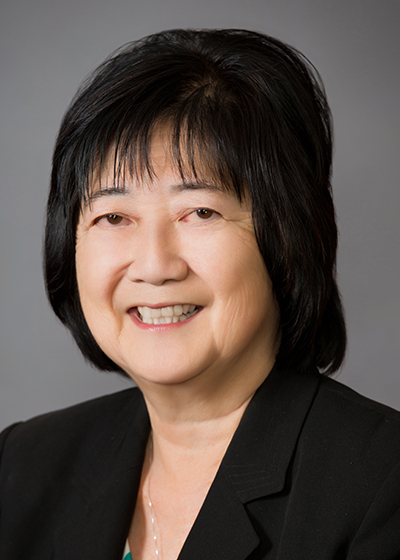
President
Pleasant Valley SD
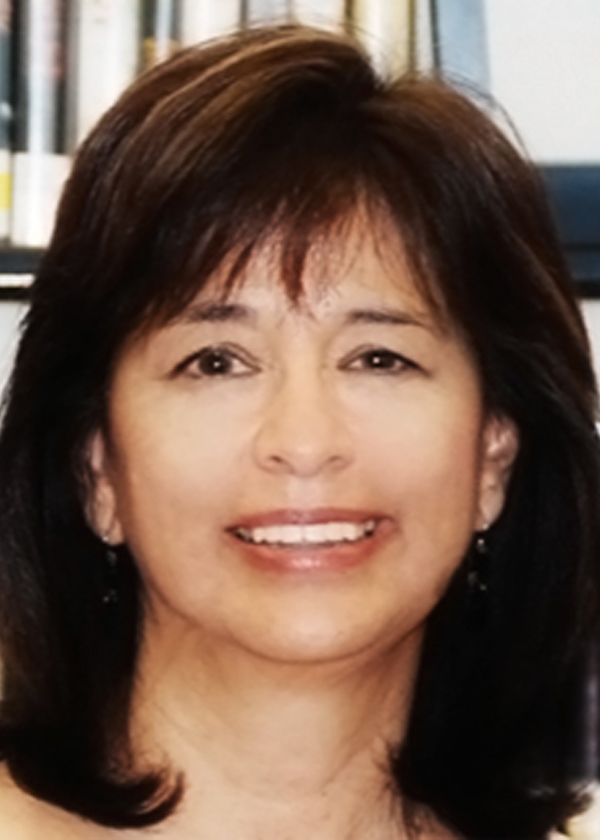
President-elect
Natomas USD
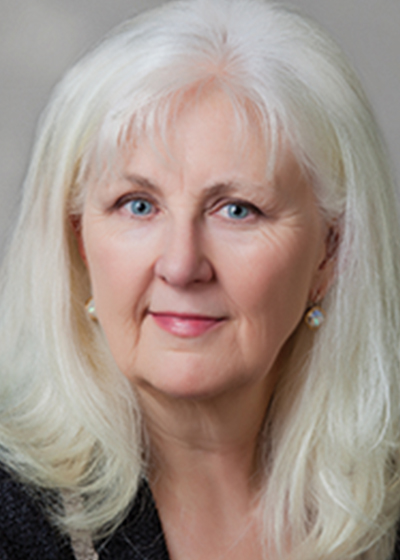
Vice President
Pacific Union ESD
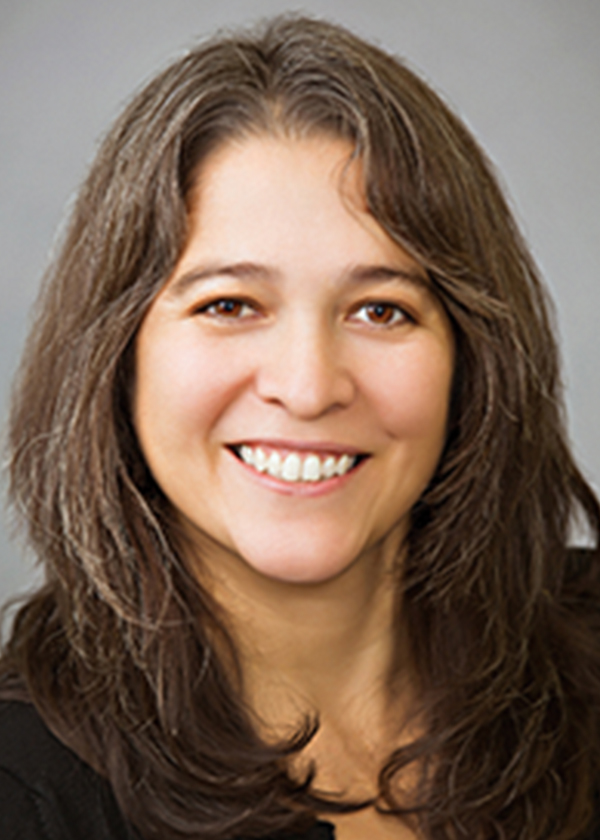
Immediate Past President
Azusa USD
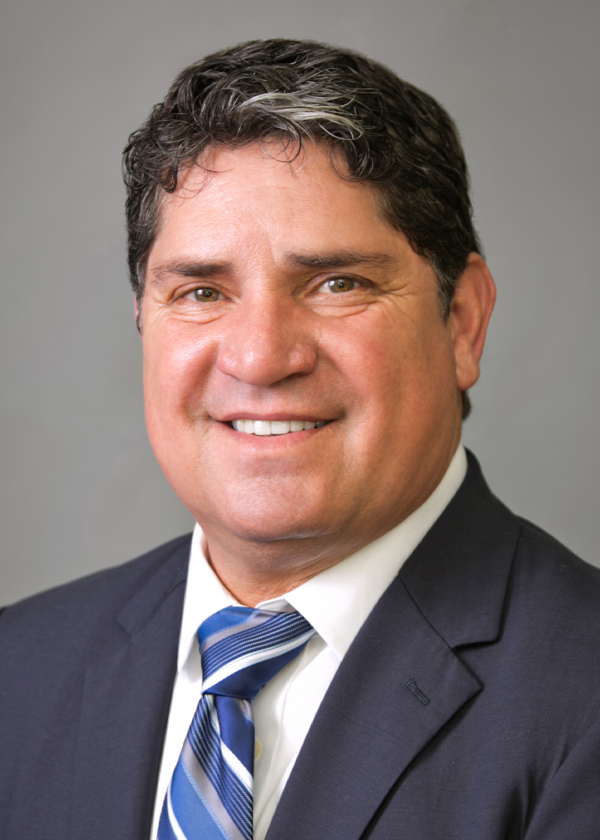
Region 1
Del Norte County USD

Region 2
Siskiyou COE
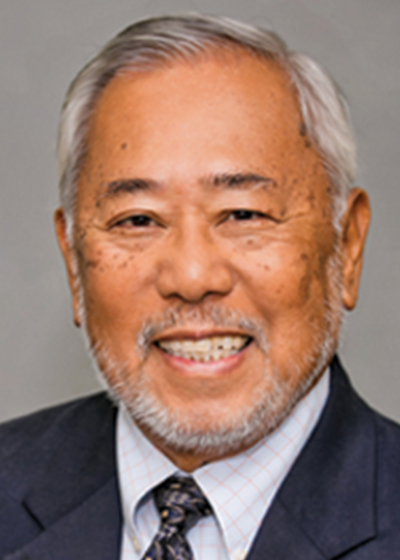
Region 3
Vallejo City USD

Region 4
Eureka Union SD
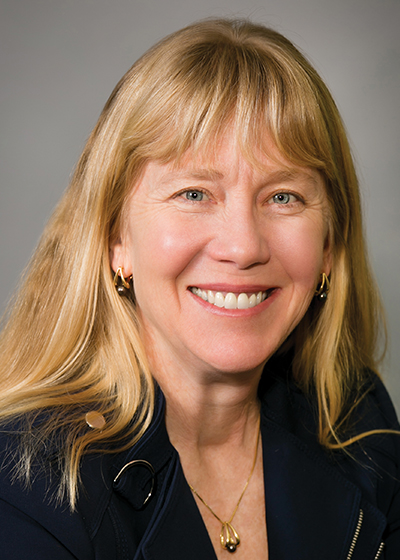
Region 5
Redwood City SD
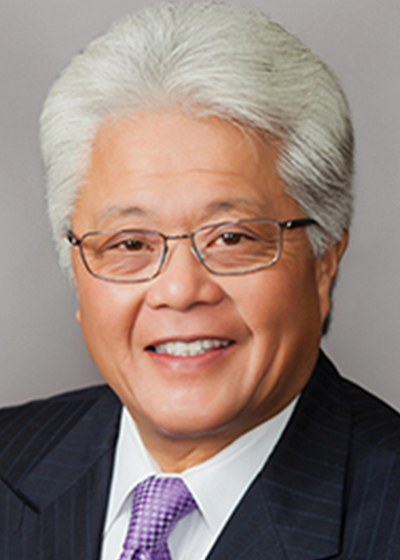
Region 6
Sacramento City USD
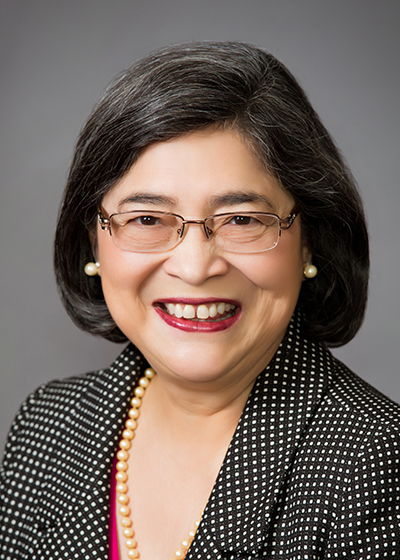
Region 7
Liberty Union HSD
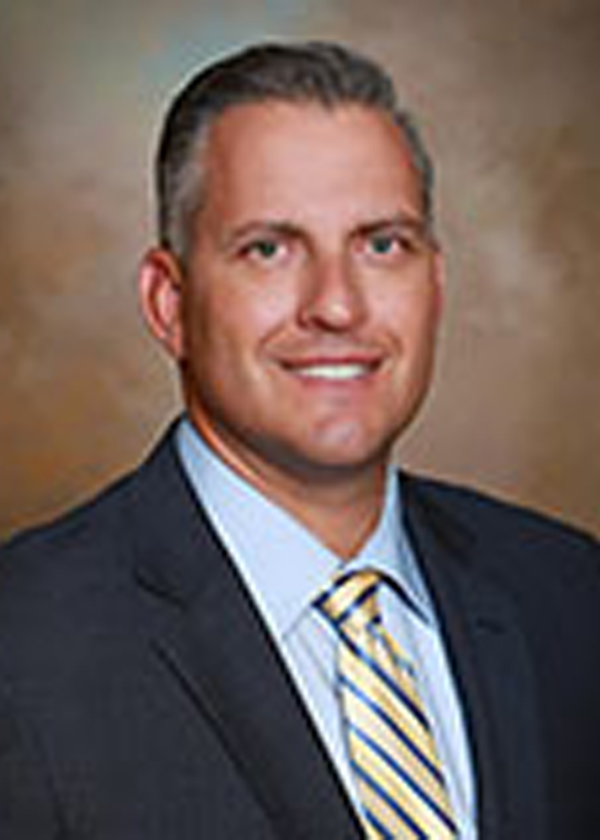
Region 8
Manteca USD

“For us, this is one of the highest priorities, and now it’s time to get to work,” said Assemblymember Eduardo Garcia (D-Coachella). “We have exciting proposals [on] making investments in infrastructure, bond initiatives, reforms to existing programs and looking at programs as it relates to affordability. Without a doubt, at the center of all this is our students.”

Although the CDC guidance was highly anticipated, the final product was somewhat anticlimactic. The agency’s “Operational Strategy for K-12 Schools through Phased Mitigation” (available at https://bit.ly/3s03NPo) provides an overview of steps local educational agencies can take to reopen schools nationwide. It stops short, however, of calling on districts to reopen schools, instead using data to expand on current recommendations to “layer” preventive measures to resume in-person instruction in relative safety.

March is Arts Education Month and while the annual recognition of the importance of quality school arts programs is a time to celebrate and show support, it also marks a full calendar year since many California schools began distance learning.

“We’ve shifted a lot from the work in those first few years,” said CCEE Director Tom Armelino. “A lot of that work was around collaboration, but it was often very hard to measure impact. How do we know the work that we did in professional learning networks actually had an impact? So, everything that we do now, we’re really specific about how we are going to measure impact and get feedback so that we can make sure it is serving the students we are supposed to be serving.”

A recent report from the Consortium for School Networking found close to 100 cybersecurity bills were introduced in 27 states in 2020 — California accounted for four of those bills, though none made it to the Gov. Gavin Newsom’s desk. The report, found here https://bit.ly/3pTBxgp, cited an additional 10 proposals introduced at the federal level.
In partnership with Santa Rosa City Schools, the largest school district in Sonoma County, Sonoma COE developed a plan to hold a series of four Student Voices forums on the topics of racism, equity and social justice. Each forum included between five and 12 high school students of a given race/ethnicity from around the county: The first focused on Black student voices, the second on Latinx voices, the third on Native American voices and the fourth on Asian/Pacific Islander voices.
For the last several years, CCBE has annually bestowed a Legislator of the Year Award upon one or more state or federal lawmakers who have been actively involved in legislation or activities supporting the work of county offices of education and their programs.

March 27 | 9 a.m.–12 p.m. | All Groups
April 17 | 9 a.m.–12 p.m. | North and Bay Regions
April 24 | 1–4 p.m. | North and Bay Regions
May 1 | 9 a.m.–12 p.m. | North Region
May 8 | 9 a.m.–12 p.m. | Bay Region
May 15 | 9 a.m.–12 p.m. | Central Region
May 22 | 9 a.m.–12 p.m. | South Region
June 5 | 9 a.m.–12 p.m. | North Region
June 12 | 9 a.m.–12 p.m. | Central Region
June 19 | 9 a.m.–12 p.m. | Bay Region
June 26 | 9 a.m.–12 p.m. | South Region
Learn more about the training at www.csba.org/equitytraining.







